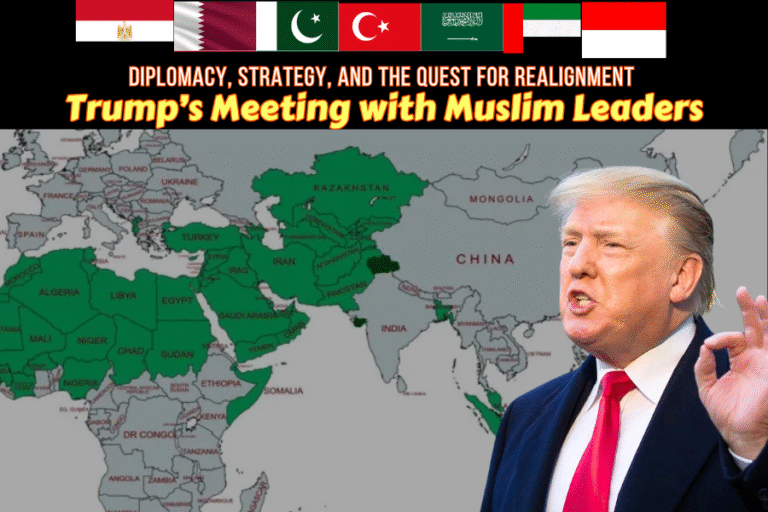(By Khalid Masood)
Introduction
In the covert world of espionage, the most dangerous weapons are often not guns or missiles, but charm, trust, and conversation. The curious case of Catherine Pérez-Shakdam, a French journalist-turned-Islamic convert, is not merely a tale of betrayal — it is a piercing indictment of the modern vulnerabilities in national security. Her story reads like a psychological thriller, yet its impact continues to haunt Iran’s intelligence community and policy elite.
This Article unravels the layers of an extraordinary infiltration operation that went beyond military installations and nuclear labs — it penetrated the cultural and emotional fabric of Iranian society: its women, its families, its trusted circles.
The Making of a Perfect Cover
Catherine Pérez-Shakdam was born and raised in France to a secular Jewish family. Early in life, she developed a fascination with the Middle East. Her academic credentials and journalism background made her an ideal commentator on Middle Eastern affairs. But it was her conversion to Islam and later her public declaration of allegiance to Shi’ism that transformed her from an outsider into an insider.
She lauded the Iranian Revolution, passionately defended Wilayat-e-Faqih, and condemned Western imperialism with eloquence and fury. These positions earned her the trust of the Iranian establishment, including clerical scholars, Revolutionary Guards, and even policymakers. Her writings were published by major Iranian media outlets — including, shockingly, the official website of Iran’s Supreme Leader, Ayatollah Ali Khamenei.
To the Islamic Republic, she seemed like a dream come true — a Western intellectual embracing the values they cherished, rejecting Zionism, and using her pen to defend Iran on the global stage.
But behind the hijab, behind the chants of “Death to Israel,” lay Mossad’s most elegant mask.
The Silent Infiltration
Unlike traditional spies who plant bugs or hack systems, Catherine entered the Iranian system through the front doors of trust. She was granted access to religious conferences, state-run think tanks, and women’s organizations. Iranian media showcased her as a symbol of Western disillusionment with liberalism and an advocate of “true Islamic justice.”
During her visits to Tehran, Qom, and Isfahan, she attended policy briefings, met with IRGC intellectual circles, and developed friendships with wives of military and nuclear scientists. In settings that were off-limits to most men — private mehfil (gatherings) of women — she charmed, listened, and collected. What appeared to be social or spiritual bonding was, in fact, a systematic extraction of micro-level intelligence.
She recorded conversations — sometimes discreetly, sometimes openly under the guise of “journalistic documentation.” These chats revealed innocuous yet sensitive details: who lived where, which officer was on leave, what day a convoy was expected, what security changes were causing discomfort.
From Innocent Talk to Targeted Killings
It wasn’t long before Israeli intelligence began executing precision operations inside Iran. High-profile assassinations such as:
- Mohsen Fakhrizadeh, Iran’s top nuclear scientist
- Senior IRGC commanders in mysterious roadside explosions
- Engineers linked to drone and missile programs
All coincided suspiciously with the timelines and locations Catherine had access to.
The real genius — and horror — of this operation was that most of the intelligence came from unsuspecting women. Their informal discussions, jokes, complaints, and dinner-table stories, relayed by a “trusted sister,” turned into dossiers of death.
The Escape and Aftermath
When suspicions arose — some say due to inconsistencies in her ideological behavior, others claim it was triggered by counterintelligence monitoring her digital footprint — Catherine fled Iran before she could be detained. She vanished overnight. By the time the alarm bells rang, it was too late.
Within weeks, Iranian intelligence confirmed that she was either an agent or a high-level asset of Mossad.
By then, the damage was done.
- A network of women connected to military families was compromised.
- Israel had successfully mapped personnel logistics without ever deploying a field team.
- Morale within Iran’s inner security structure plummeted.
- And worst of all, the myth of ideological loyalty was shattered — even a devout Shia convert could be a trojan horse.
Anatomy of a Security Failure
This case revealed profound gaps in Iran’s internal security mechanisms:
1. Ideological Gatekeeping as a Security Filter
Iran’s reliance on ideological alignment (Islamic conversion, pro-Shia rhetoric) as a substitute for background checks proved fatal.
2. Underestimation of “Soft Targets”
Security officials often neglect informal, non-military environments as potential leaks. Catherine exploited emotional intelligence and domestic spaces that intelligence agencies rarely surveil.
3. Media as a Weapon
Her visibility in Iranian media allowed her to gain legitimacy quickly — without scrutiny. The same media that lifted her up failed to question her sudden rise.
4. Women’s Circles as Untapped Vulnerability
Iranian security protocols traditionally focus on men in power. But this case shows that wives and families can be the weakest link in the armor of secrecy.
Strategic Implications for Other Nations
This was not merely a failure of Iran. It was a wake-up call for any state facing asymmetric warfare.
- In the age of information warfare, the weaponization of relationships and belief systems is far more devastating than a bomb.
- Countries like Pakistan, Saudi Arabia, and even Russia must now ask: Is there a “Catherine” operating in our midst?
- Security doctrines need to move beyond traditional male-centric, military-focused intelligence protocols to account for psychological and sociocultural vectors.
The Mossad Playbook?
While Israel has never confirmed its link with Catherine Pérez-Shakdam, former Mossad operatives have described similar methods of “intellectual infiltration.” Using writers, bloggers, aid workers, and even spiritual seekers to embed within ideological ecosystems is not new — but it has never before been executed with such precision and psychological sophistication.
If this was a Mossad operation, it was a masterpiece of human intelligence (HUMINT).
Conclusion: The Spy Who Knew Too Much
Catherine Pérez-Shakdam’s case is more than a spy story — it is a case study in modern espionage, where language is a weapon, belief is a disguise, and friendship is a trap.
Iran is still reeling from the psychological trauma of her betrayal. But the more pressing question is:
Where is the next Catherine now?
And which nation will be her next unwitting host?








Can you please add a timeline to it